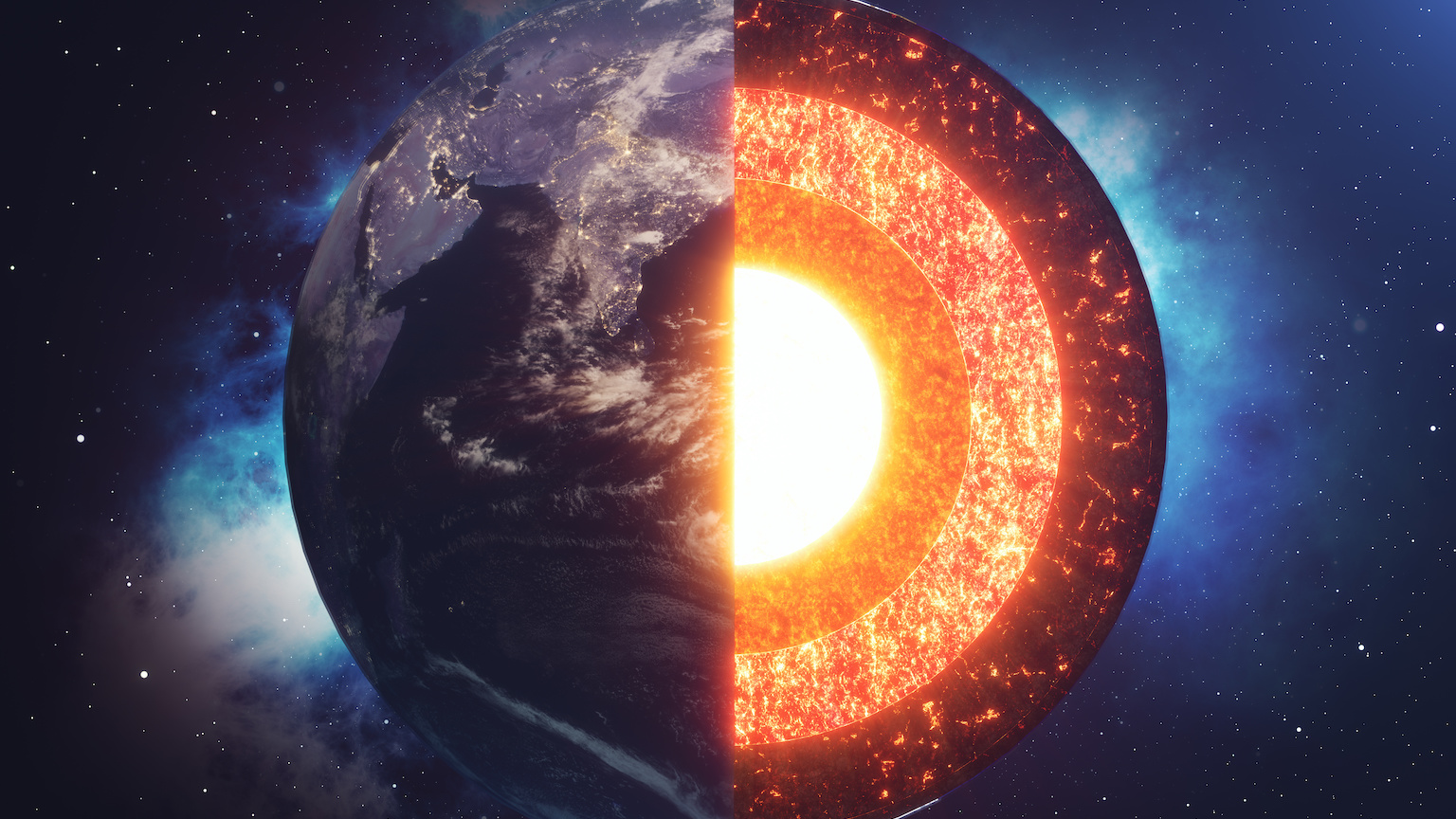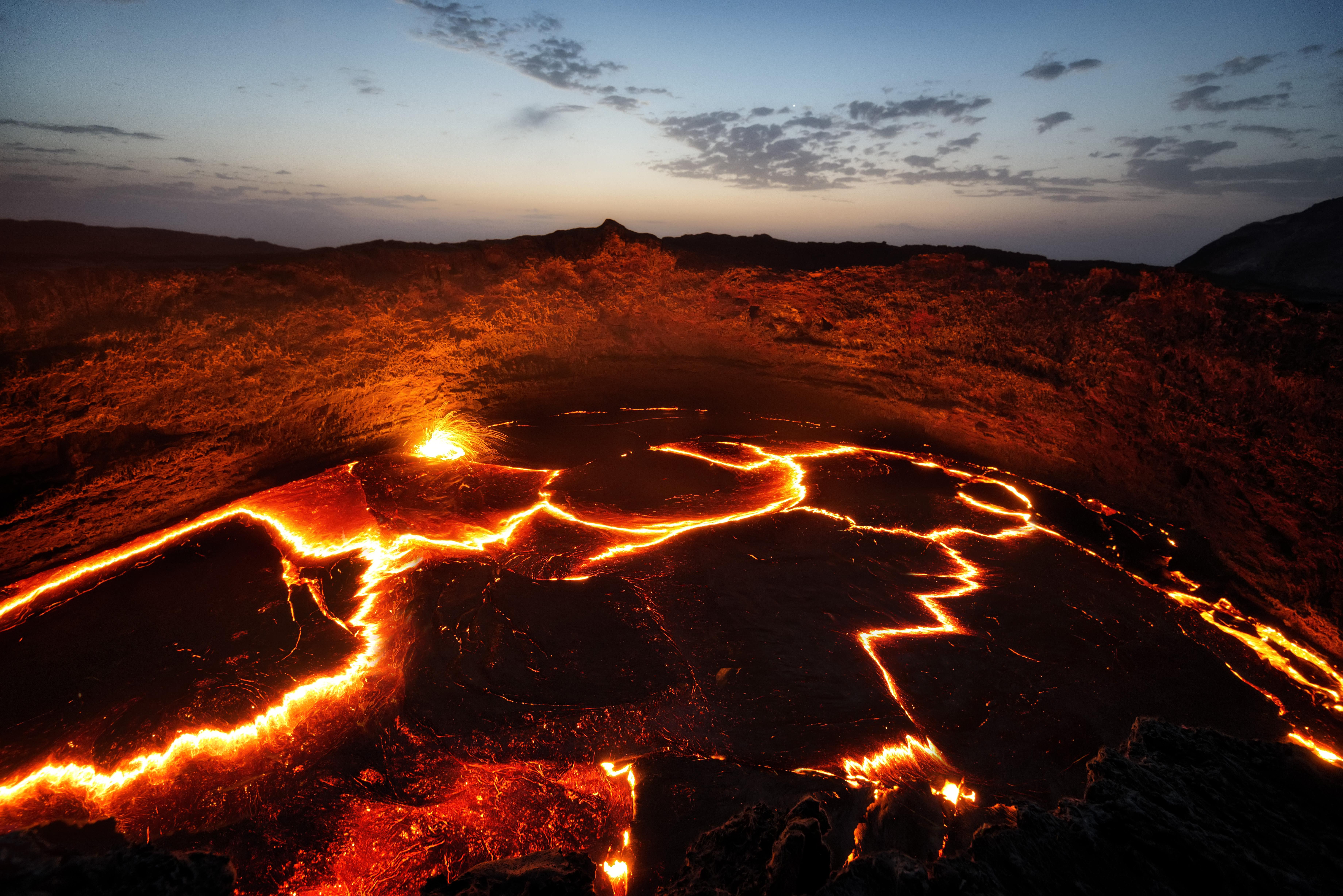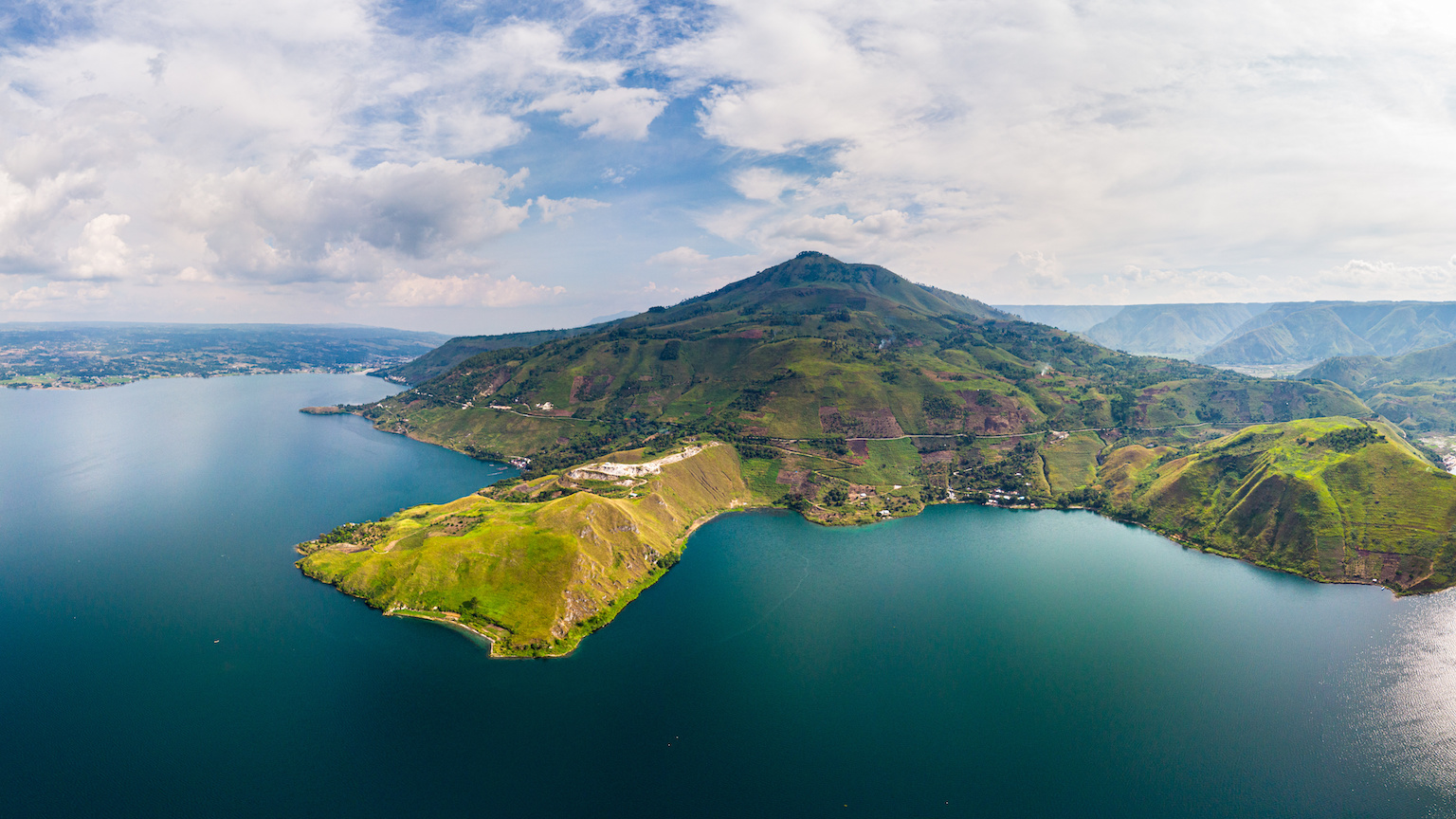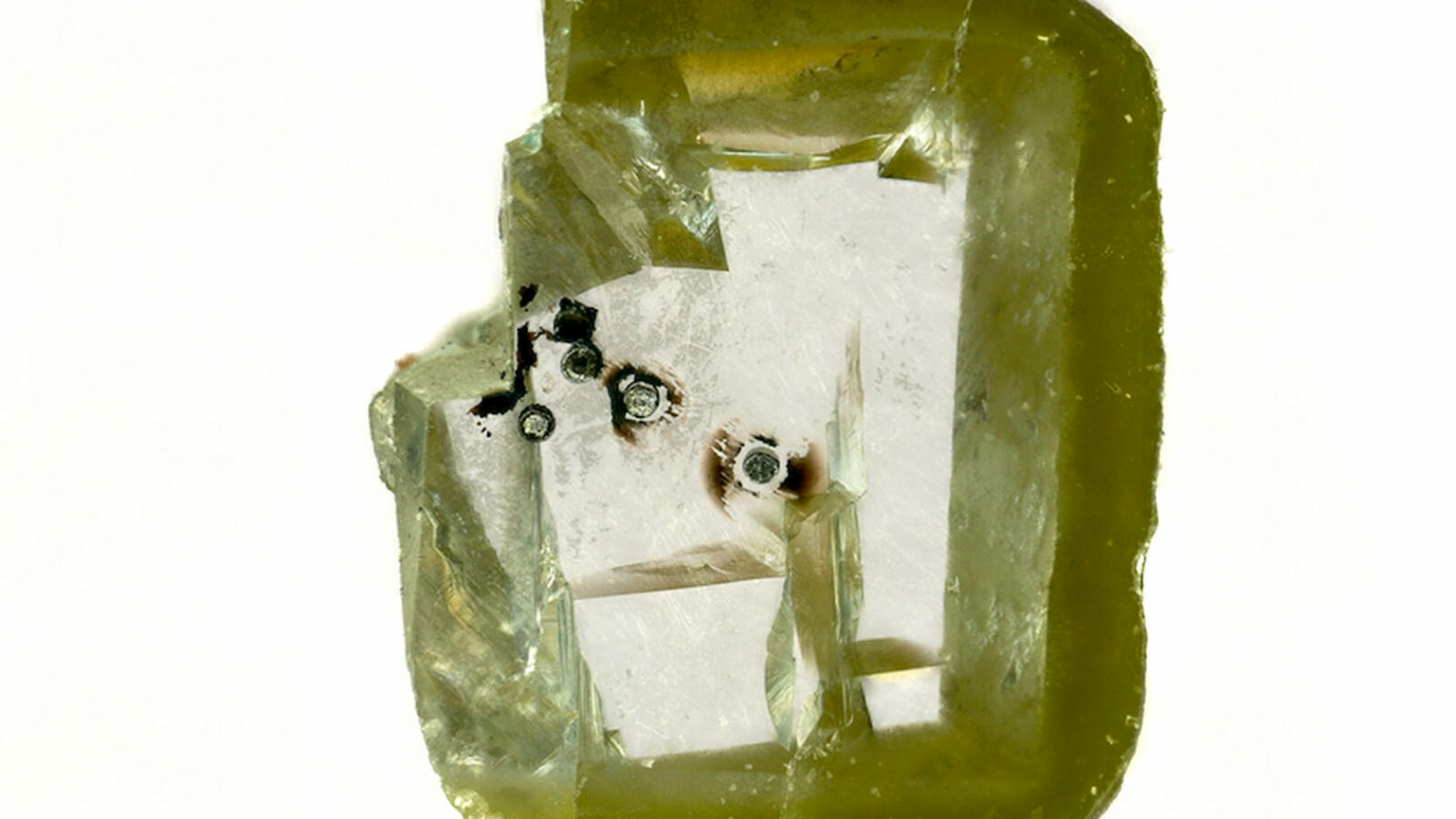Earth’s mantle: how earthquakes reveal the history and inner structure of our planet

- Earth’s mantle is tantalizingly close, yet we know remarkably little about it.
- Earthquakes can probe this area of the Earth, revealing previously unknown structures.
- These structures can, in turn, reveal details about Earth’s history, including why we have a magnetic field and a large moon.
We are familiar with only an incredibly thin fraction of the Earth. The Earth’s crust varies in thickness (being thicker under the continents than under the ocean), but on average, it is only about as deep as Manhattan Island is long. Beneath this is a region whose structure we really don’t know that much about — the Earth’s mantle.
Though seemingly inaccessible, it is possible to explore the mantle indirectly using earthquakes. As it turns out, seismic waves can reveal clues as to how the Earth formed, why Earth has a magnetic field, and even why we have such a large moon.
The physics of seismic waves
Earlier in the month, we witnessed how the Tonga volcano eruption affected the surface of the Earth. But what happens on the inside? When a cataclysmic event like a volcanic eruption or earthquake occurs, waves ripple throughout the mantle. These seismic waves can then be recorded by stations across the globe.
Seismic waves do not travel in straight lines. Rather, how they travel is affected by the medium in which they move. As they travel deeper within the Earth, the mantle grows denser. Increased density causes the wave to travel faster while gradually curving back to the surface. If a seismic wave traverses a hot spot, it will temporarily slow as it crosses this region of increased temperature.
Various types of seismic waves act differently as they travel through the Earth. P-waves (primary waves) compress and expand the ground, while S-waves (secondary waves) shake the Earth in the direction of travel. Unlike P-waves, S-waves cannot travel through liquid. Therefore, they cannot travel through the outer core of the Earth. (The Earth’s core consists of an inner and outer layer; the inner is solid, and the outer is liquid.) S-waves, however, can be reflected at the core-mantle boundary, creating ScP waves.
Recently, as reported in Nature Geoscience, researchers were able to use ScP waves to map out structures at the core-mantle boundary. They then used this information to make inferences about Earth’s formation.
A seismic mystery
Deep beneath the Coral Sea, off the northeast coast of Australia, the seafloor trembles. Earthquakes are common in this region, the southern reach of the Ring of Fire. These seismic waves travel down into the Earth, where they curve slowly back to the surface, reflect off the core, or proceed to the other side of the planet.
These waves are recorded differently in stations around the world. “Earthquakes radiate energy in a particular way, depending on the physics of the source,” Professor Hrvoje Tkalčić of the Australian National University and one of the authors of the study told Big Think. “So, depending on the distance and azimuth of the monitoring station… it will record different portions of energy.”
By measuring seismic waves, geologists have found structures within the Earth where earthquake waves act very strangely. Normally, seismic waves increase in speed with depth because of increasing density. But in some regions, close to the core of the Earth, the seismic waves slowed significantly.
Previously, it was thought that these “ultra-low velocity zones” were at least partially liquid and formed the base of what we would observe as hotspots (like the volcanoes of Hawaii) on the surface. But being partially liquid alone is not enough to explain why seismic waves become so slow in these regions. So, in the current study, the team used earthquake radiaton patterns to map the structure of these zones.
Mantle, moon, and magnetism
During the formation of the Earth, some hypothesize that a huge object the size of Mars collided with the Earth in a collision violent enough to break apart the proto-Earth. A chunk of the planet went on to form the Moon. What was left of the Earth was partially liquefied into a huge magma ocean.
Gradually, the mantle solidified from this sea of molten magma. “Temperature and pressure both increase with depth,” Professor Mingming Li of Arizona State University and an author of the paper told Big Think. Since magma solidifies with decreasing temperature and increasing pressure, crystallization would happen first in the middle of the mantle, in a “just right” region where solidification begins. “Magma may crystallize in the middle because the temperature in this region may not be high enough, and/or the pressure in this region may be not low enough, to maintain a molten status,” Li went on. As time went on, this crystallization propagated outward.
Where the mantle and core of the Earth meet is the core-mantle boundary. As crystallization occurred within the mantle, heavier elements, such as iron, tended to sink, while lighter ones like silicon rose. This created dense, iron-rich areas. As convection continued within the mantle, these dense regions sank and were pushed into localized patches along the boundary. Modeling of these regions indicated that they are complex and eventually evolved into what we see today as the ultra-low velocity zones. They might even influence the magnetic field of the Earth.
Many mantle mysteries linger. “The lowermost mantle may harbor some surprising structures that will be revealed in the coming decade,” Tkalčić told Big Think.





